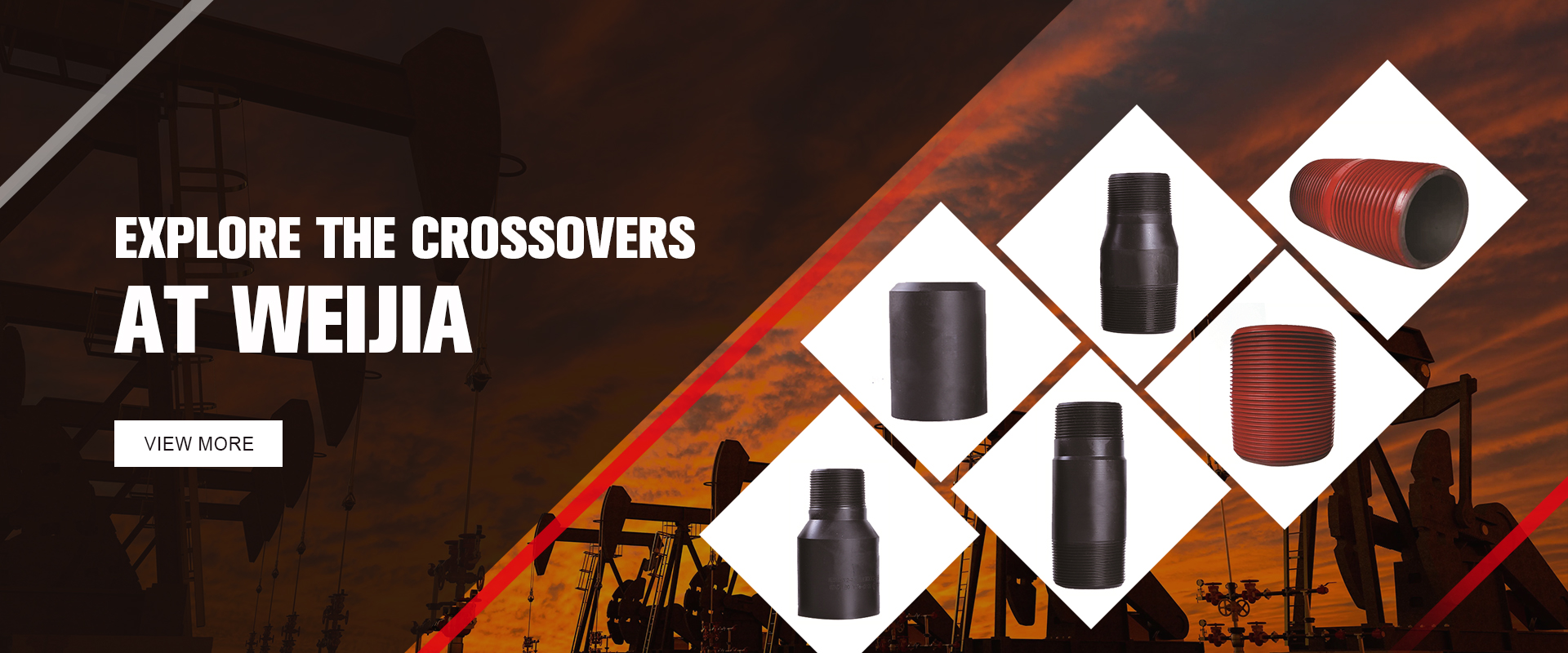- Afrikaans
- Albanian
- Amharic
- Arabic
- Armenian
- Azerbaijani
- Basque
- Belarusian
- Bengali
- Bosnian
- Bulgarian
- Catalan
- Cebuano
- Corsican
- Croatian
- Czech
- Danish
- Dutch
- English
- Esperanto
- Estonian
- Finnish
- French
- Frisian
- Galician
- Georgian
- German
- Greek
- Gujarati
- Haitian Creole
- hausa
- hawaiian
- Hebrew
- Hindi
- Miao
- Hungarian
- Icelandic
- igbo
- Indonesian
- irish
- Italian
- Japanese
- Javanese
- Kannada
- kazakh
- Khmer
- Rwandese
- Korean
- Kurdish
- Kyrgyz
- Lao
- Latin
- Latvian
- Lithuanian
- Luxembourgish
- Macedonian
- Malgashi
- Malay
- Malayalam
- Maltese
- Maori
- Marathi
- Mongolian
- Myanmar
- Nepali
- Norwegian
- Norwegian
- Occitan
- Pashto
- Persian
- Polish
- Portuguese
- Punjabi
- Romanian
- Russian
- Samoan
- Scottish Gaelic
- Serbian
- Sesotho
- Shona
- Sindhi
- Sinhala
- Slovak
- Slovenian
- Somali
- Spanish
- Sundanese
- Swahili
- Swedish
- Tagalog
- Tajik
- Tamil
- Tatar
- Telugu
- Thai
- Turkish
- Turkmen
- Ukrainian
- Urdu
- Uighur
- Uzbek
- Vietnamese
- Welsh
- Bantu
- Yiddish
- Yoruba
- Zulu
Understanding Bull Plug Pipe Fittings in Plumbing Applications and Their Importance
Understanding Bull Plug Pipe Fittings Essential Components in Fluid Dynamics
In the world of plumbing and piping systems, every component plays a crucial role in ensuring a system’s functionality and stability. Among these components, bull plug pipe fittings are often overlooked yet serve essential functions in various applications. This article delves into the definition, uses, types, and importance of bull plug pipe fittings in fluid dynamics.
What is a Bull Plug?
A bull plug is a type of pipe fitting used to close off the end of a pipe. Typically made from materials such as steel, brass, or plastic, a bull plug can prevent fluid flow when necessary. Unlike other plugs that may feature a more tapered shape, bull plugs are predominantly designed with a cylindrical form, allowing them to fit snugly into standard pipe openings. These fittings can be used for a variety of applications, from sealing pipes in industrial settings to closing off individual lines in residential plumbing.
Uses of Bull Plugs
Bull plugs are used in diverse industries, including water treatment, oil and gas, manufacturing, and construction. Here are some common applications
1. Sealing and Isolation Bull plugs are primarily used to seal the ends of pipes, effectively isolating sections of piping systems for maintenance or repairs. This prevents leakage and ensures that work can be carried out safely without risk of spills or exposure to hazardous materials.
2. Testing and Maintenance In systems where pressure testing is necessary, bull plugs can secure points in a pipe, allowing pressure tests to be performed without compromising structural integrity. This is crucial for ensuring that the system can withstand operational pressures without failures.
3. Conversion of Pipe Dimensions Bull plugs can also assist in converting the size of a pipe system. If a downsize is required, a bull plug can be used to terminate a larger pipe while allowing modifications or repairs to be made to the downstream components.
bull plug pipe fitting

Types of Bull Plugs
There are various types of bull plugs available in the market, each tailored to meet specific requirements
1. Material Variants Depending on the application, bull plugs can be made from different materials. Metallic plugs (like those made from stainless steel) are commonly used in high-pressure and high-temperature applications, whereas plastic plugs may be used in low-pressure situations or corrosive environments.
2. Threaded and Non-Threaded Bull plugs can be threaded for easy installation and removal, allowing for adjustments without requiring additional tools. Non-threaded options provide a tighter seal for permanent installations.
3. Custom Sized Options Bull plugs can come in a range of sizes to match standard pipe dimensions. Custom-sized plugs can also be manufactured to accommodate specific needs, ensuring a perfect fit for unique applications.
Importance of Bull Plugs in Fluid Dynamics
The significance of bull plugs in fluid dynamics cannot be understated. Their proper implementation ensures that piping systems function correctly, preventing leaks that could lead to environmental contamination or operational downtime. Furthermore, by facilitating maintenance and testing, bull plugs contribute to the longevity and reliability of a fluid transport system.
In conclusion, bull plug pipe fittings are crucial yet often underestimated components in piping systems. They offer robust solutions for sealing, maintenance, and modification of pipes across various industries. Understanding their function, types, and applications can significantly enhance operational efficiency and safety. Emphasizing the role of these fittings ensures that systems will run smoothly, providing peace of mind in both industrial and residential settings. Whether in preparation for maintenance or as a preventive measure against leaks, bull plugs remain a vital part of the fluid dynamics landscape.
-
Tubing Pup Joints: Essential Components for Oil and Gas OperationsNewsJul.10,2025
-
Pup Joints: Essential Components for Reliable Drilling OperationsNewsJul.10,2025
-
Pipe Couplings: Connecting Your World EfficientlyNewsJul.10,2025
-
Mastering Oilfield Operations with Quality Tubing and CasingNewsJul.10,2025
-
High-Quality Casing Couplings for Every NeedNewsJul.10,2025
-
Boost Your Drilling Efficiency with Premium Crossover Tools & Seating NipplesNewsJul.10,2025







